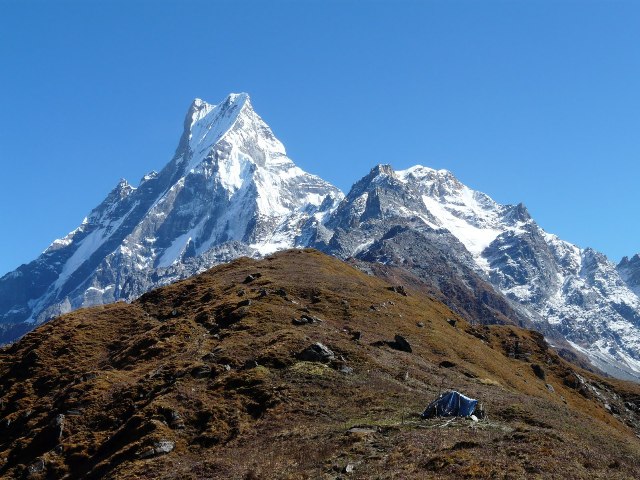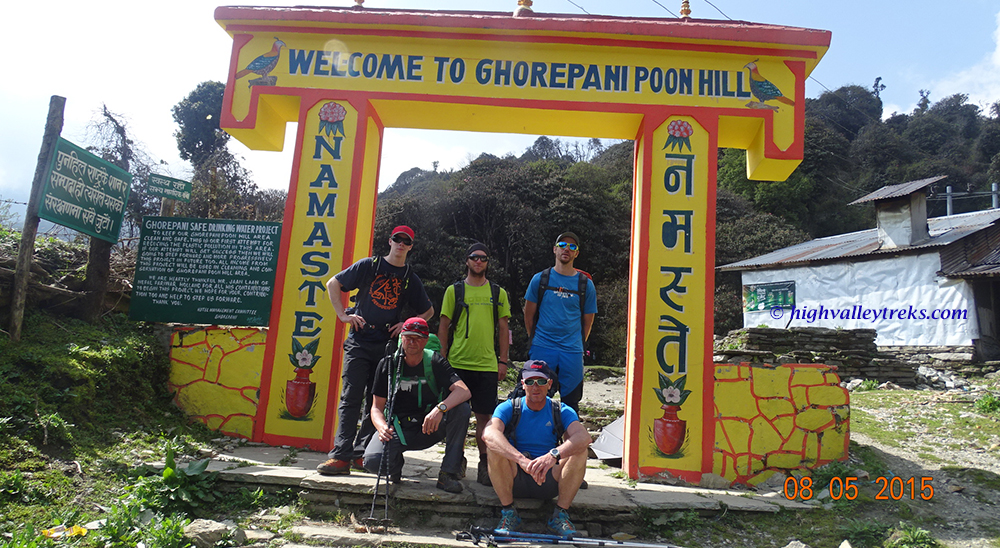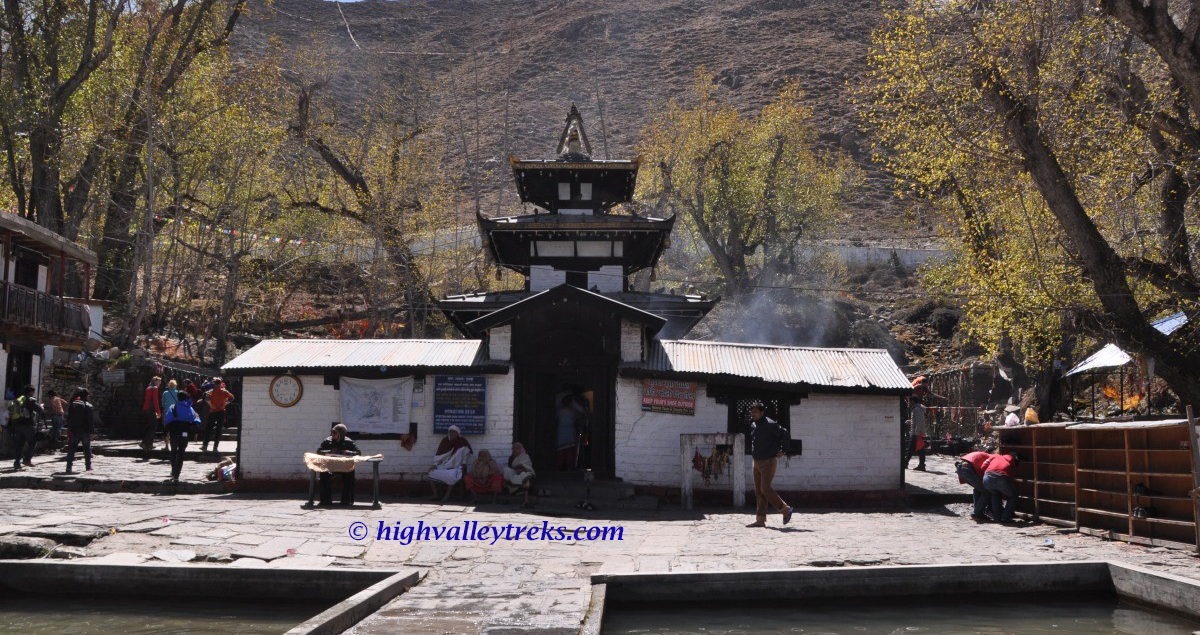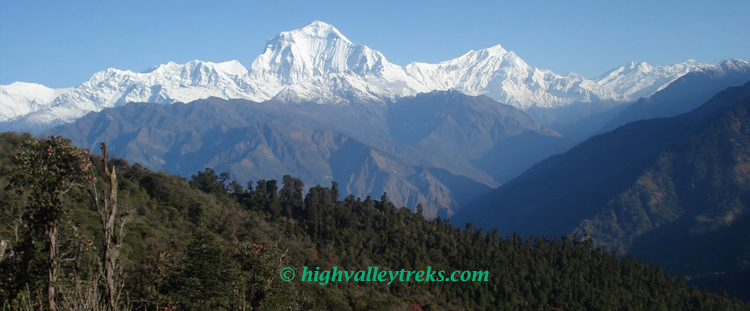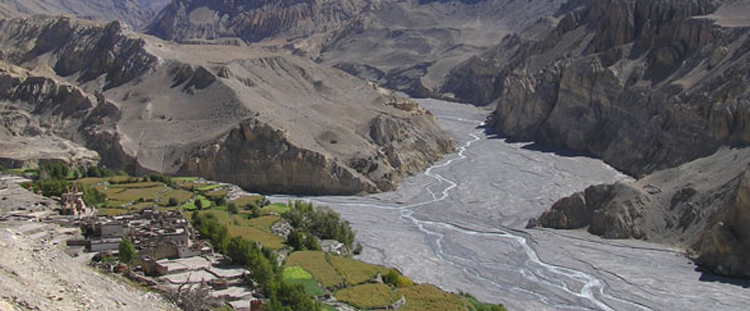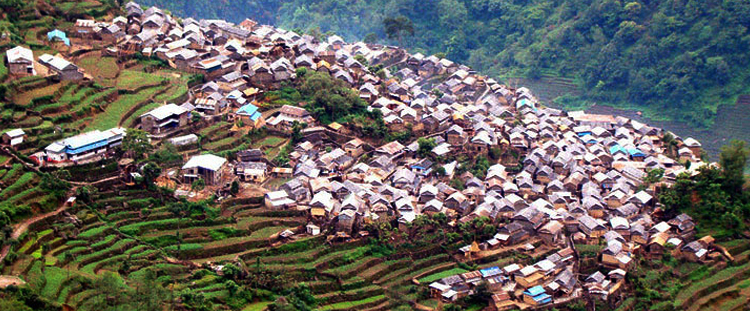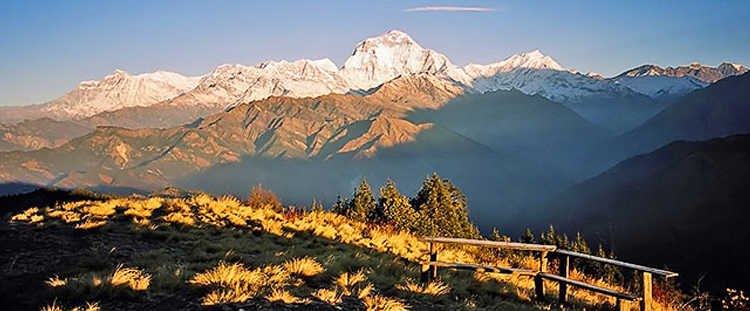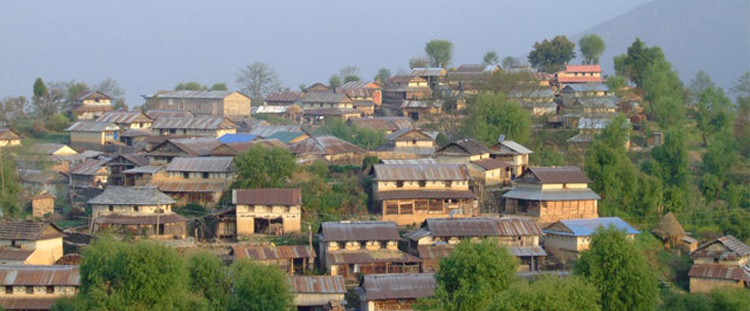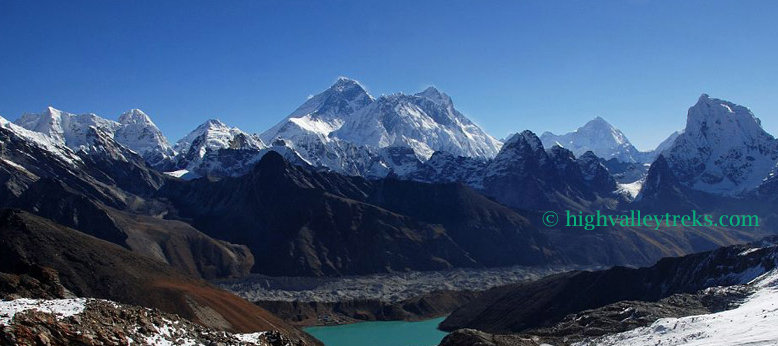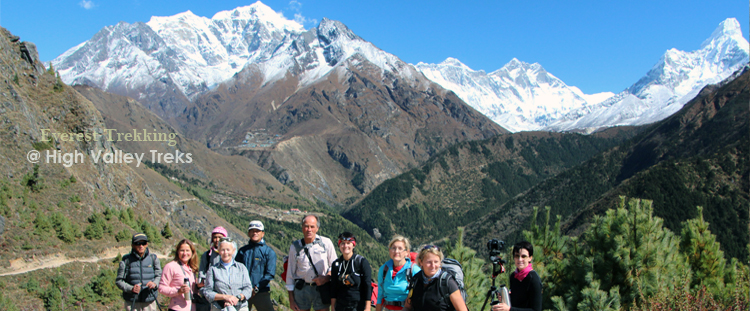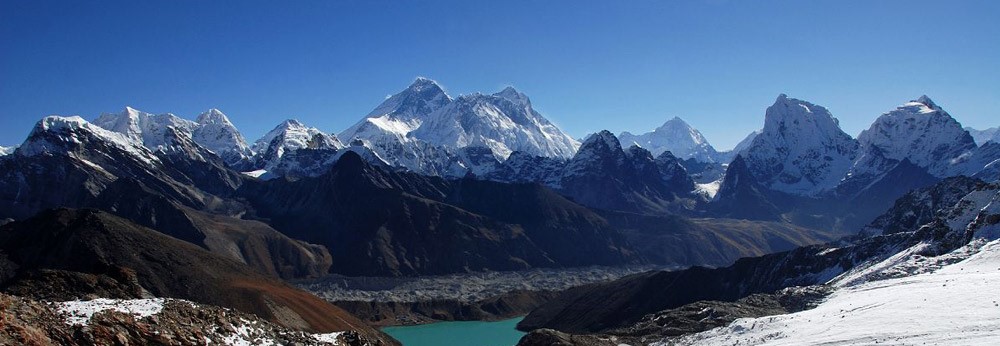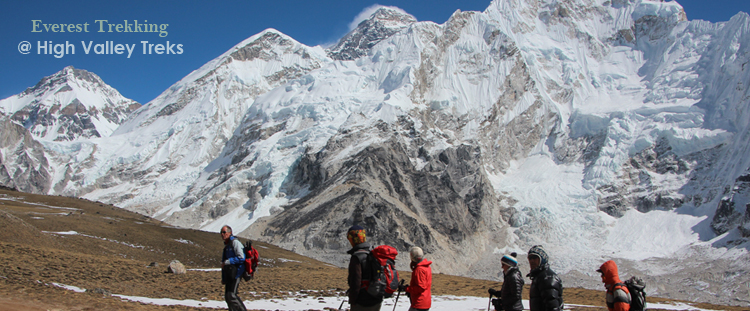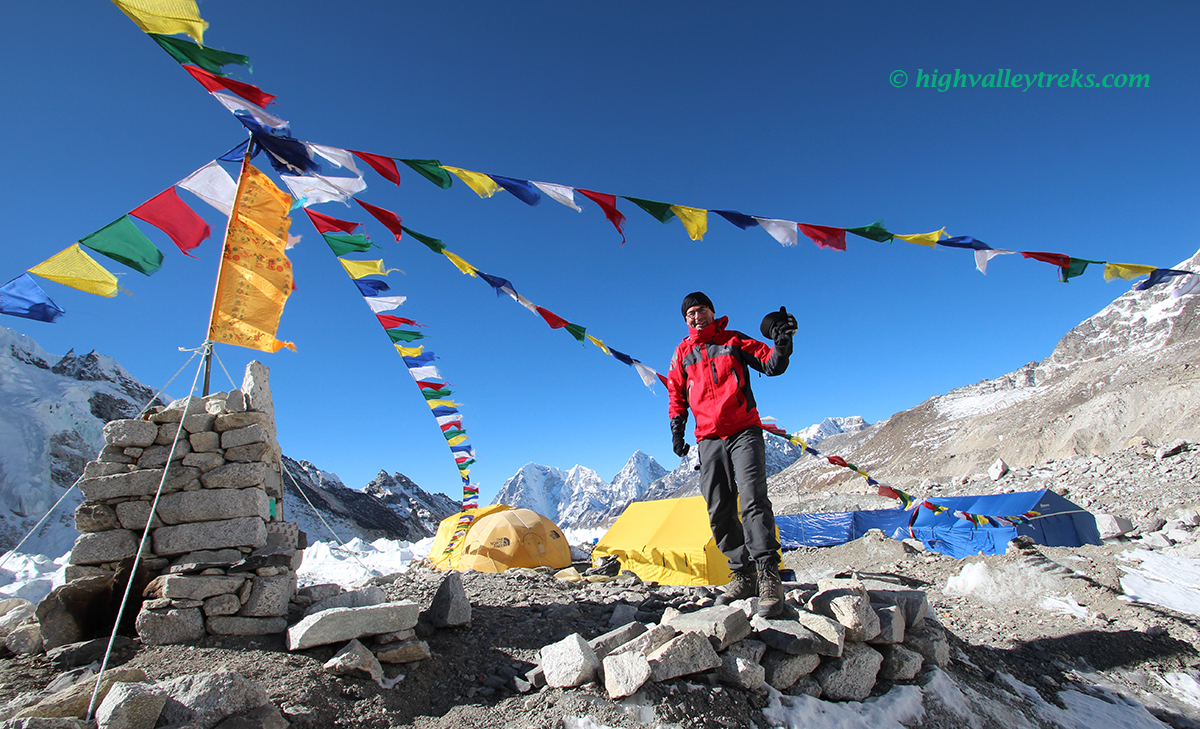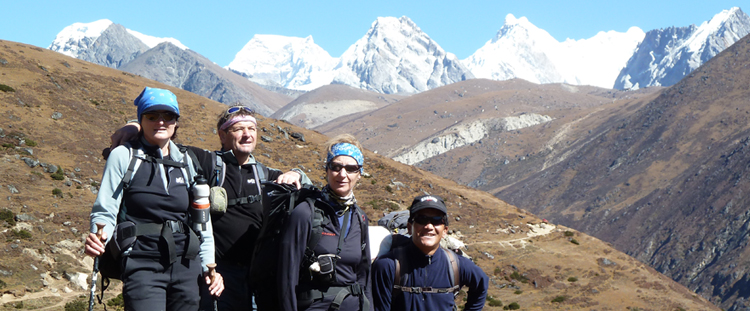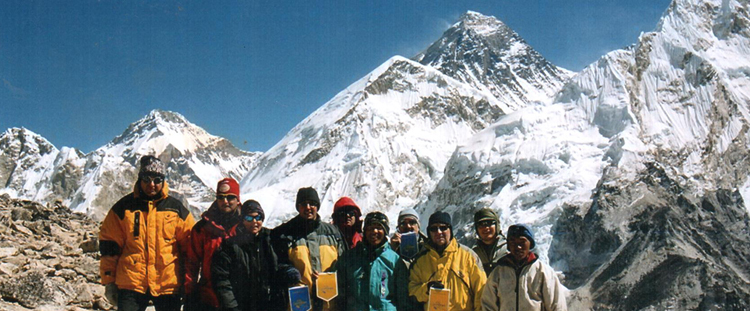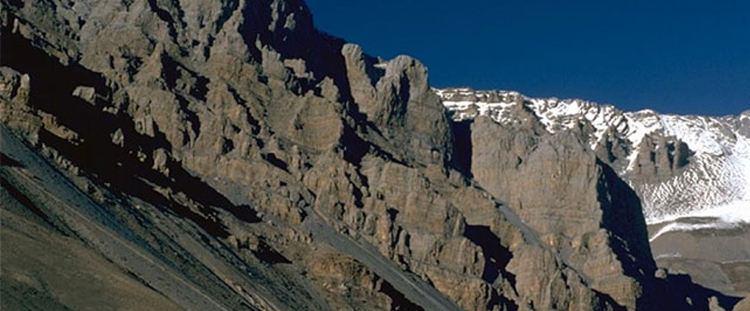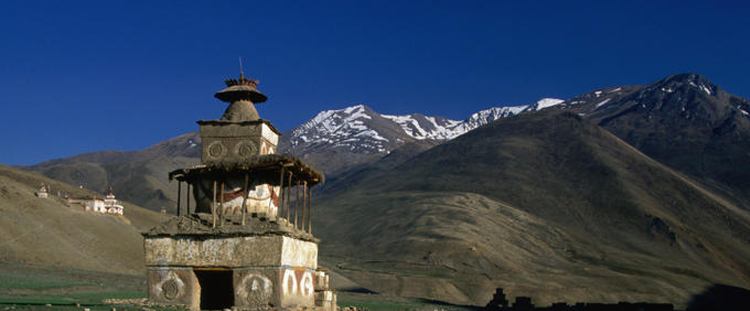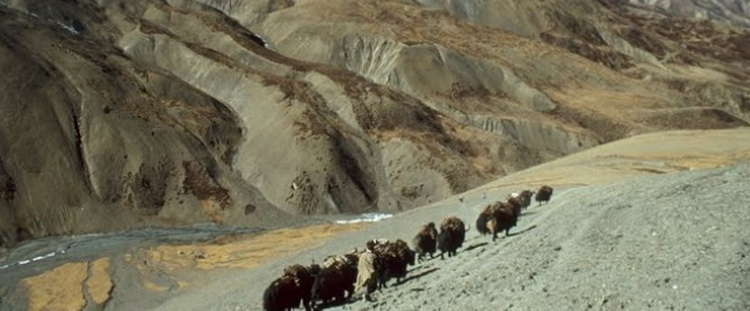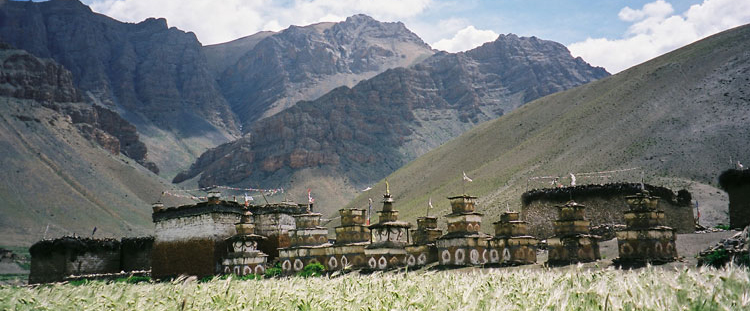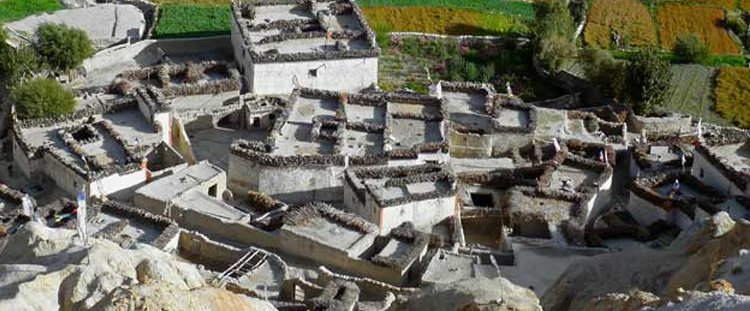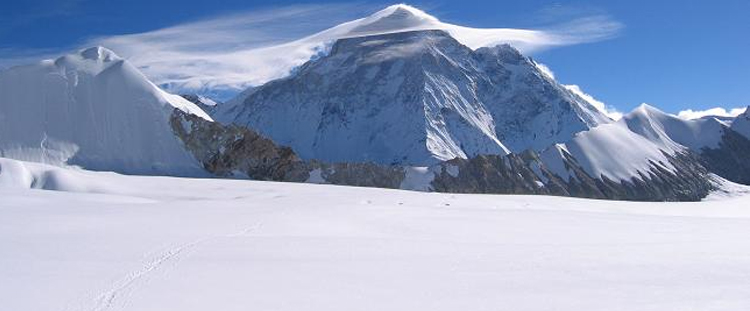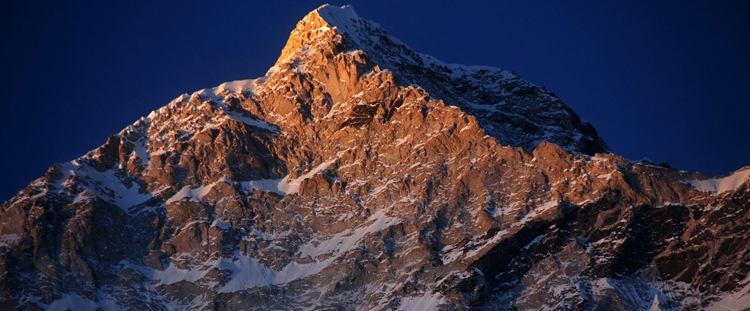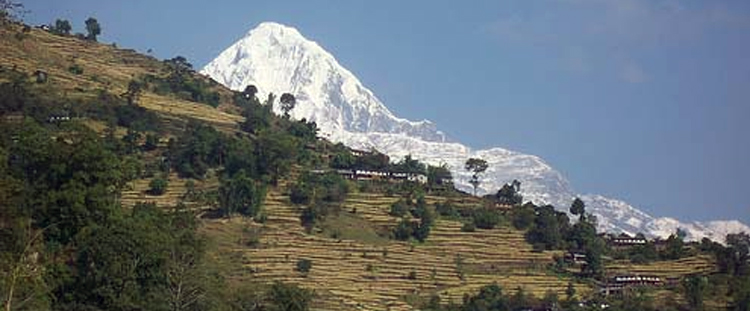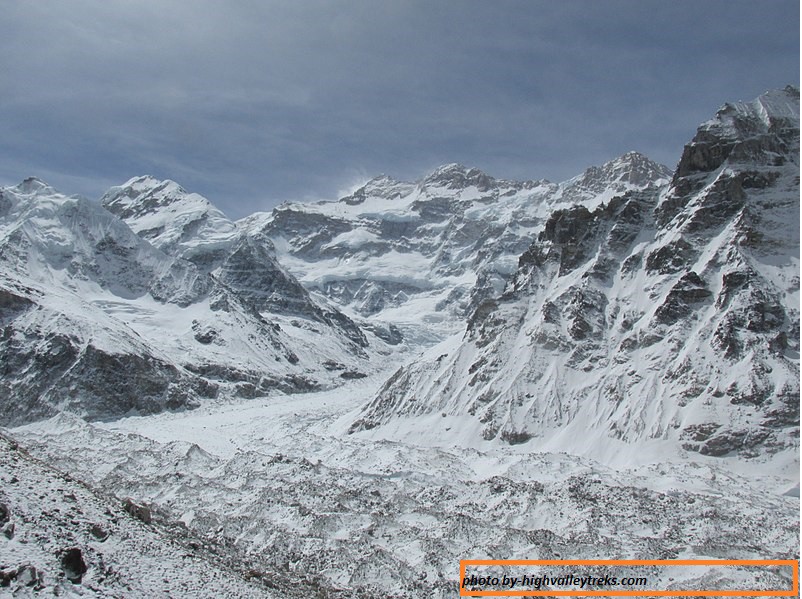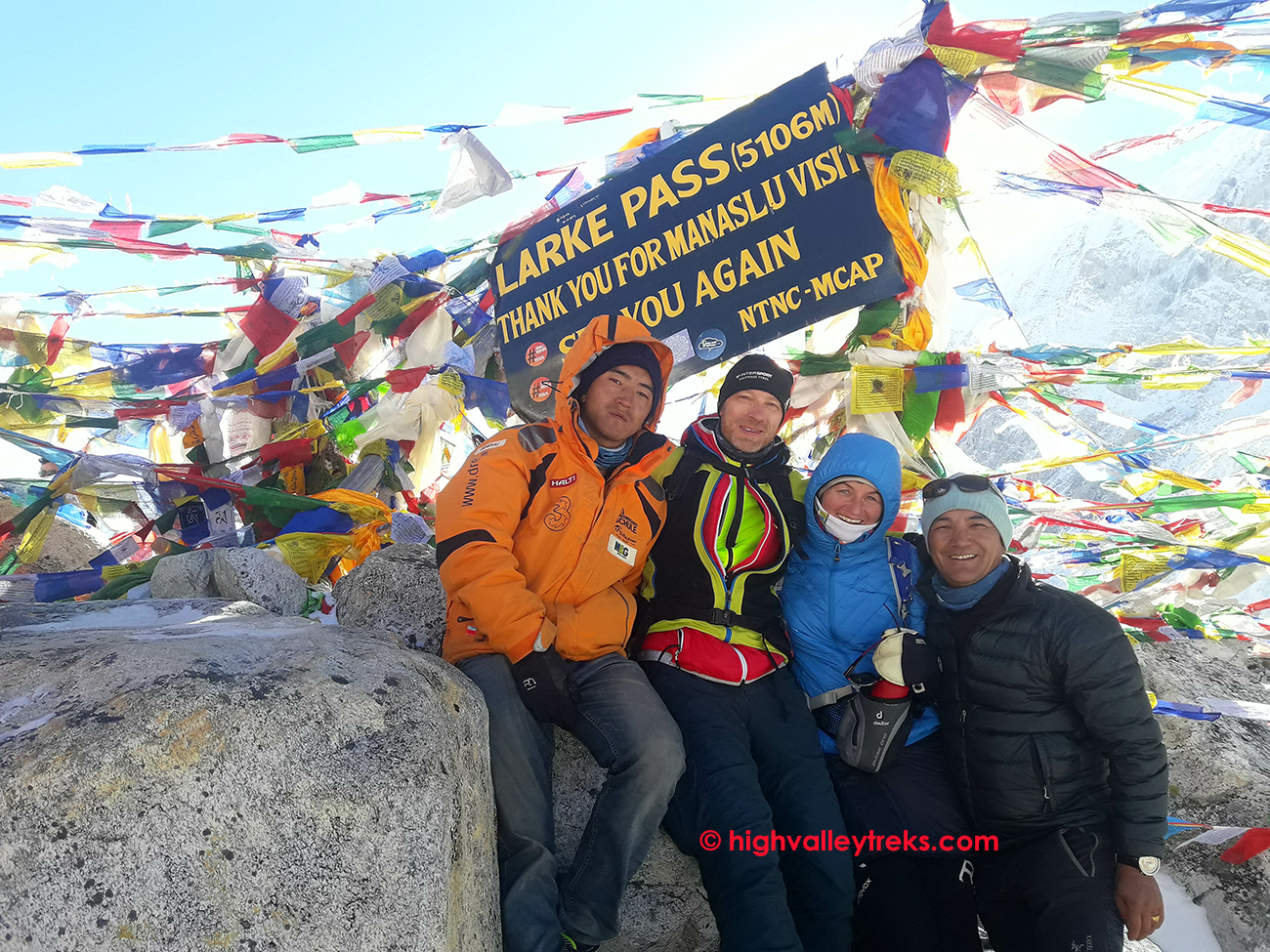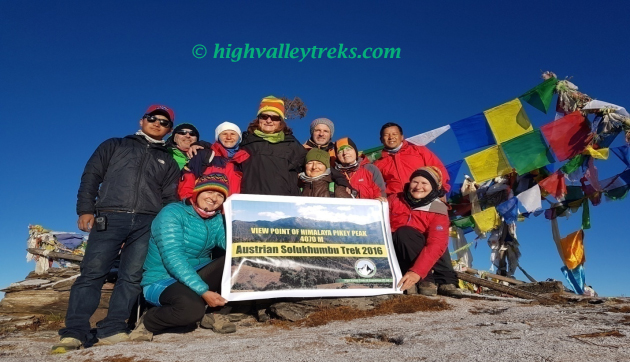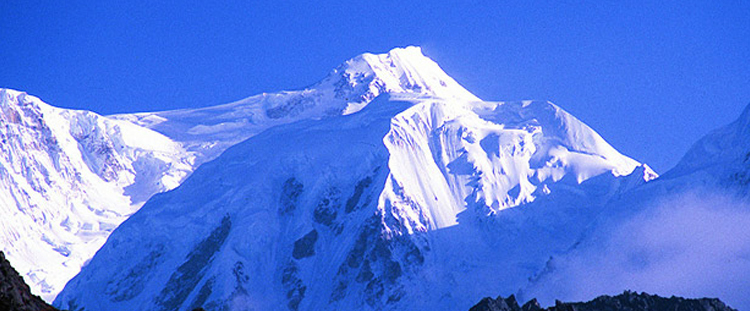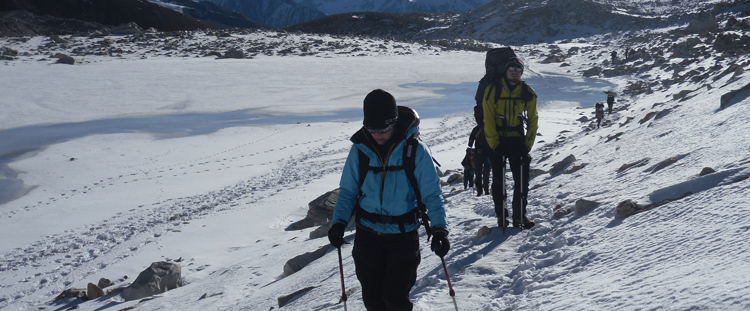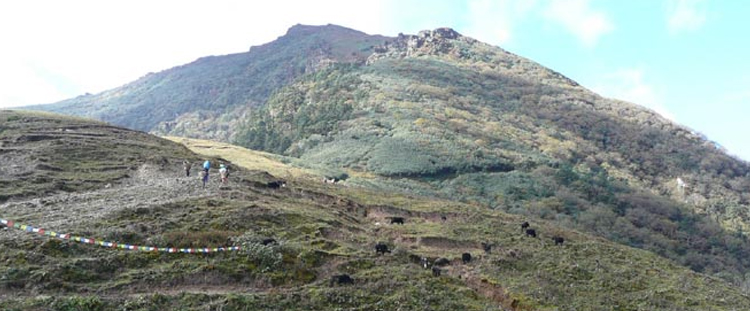What is mountain trekking or what is trek?
Trekking is not only walking holiday package, trekking is an exotic adventure trip. Naturally Nepal is the perfect destination for trekking in the world. Trekking is a journey to be undertaken on foot in areas where modern transport is not available. Trekking is a form of walking, undertaken with the specific purpose of exploring and enjoying the scenery. It usually takes place on trails in areas of relatively unspoiled wildernesses. Trekking is simply walking holiday trip which is traditionally applied to overland journeys made by foot.
Trek is the multi day’s joyful walking experience enjoying the scenery of rural regions, rugged hills and valleys from one place to another, normally in trekking we walking continue from 4 to 6 hours each day. Basically trekking is the multi day hiking trips through rural, rugged territory. Hiking in mountain gives travelers an up-close view of incredible scenery. Many trekkers travel through isolated areas, giving them an experience much different than those who travel in organized groups to more-popular destinations like Everest base camp trek and Annapurna circuit trekking. Himalayas is the most popular trekking destination of the world where the world 10 highest peaks like Mt. Everest, Kanchenjunga, Makalu, Cho-oyu, Lhotse, Annapurna, Dhaulagiri, Manaslu, Nuptse etc, are situated in Nepal Himalayas.
Trek is not simply walking one day after another; trekking is rather a gradual way of experiencing the diversity in terms of geography, people, religion and culture. Trekking gives travelers an up-close view of incredible scenery when travelers move on foot through often-rural areas. Nepal is known as a trekker’s paradise in this way there is variety of trekking adventure options awaiting the trekker. Trekking trips are available in four categories from easy, moderate, strenuous and challenging level treks categories by trails nature. Camping and tea house trekking are available in Nepal according to service. Trekking usually consists one of the series of ascents and descents walking on average 5 to 6 hrs or 9 to 14 KM. per day with a guide. Trekking is different from other sorts of travel it is best Himalayan adventure to enjoy the spectacular mountain scenery, rivers, and villages, uphill and downhill via nature trail.
TYPES OF TREKKING, TREKKING PERMIT, TREKKING GRADES
Types of Trek
In Nepal there are numerous ways to arrange a trek because of two major factors. Firstly, inexpensive (by Western standards) professional and nonprofessional labor is available to carry loads and to work as guides and camp staff. Secondly, you can almost always find supplies and accommodation locally because there are people living in even the most remote trekking areas.
The many possible ways of trekking can be categorized into four approaches: backpacking, teahouse treks, self arranged treks and treks with a trekking company. There is a lot of overlap among these, because many aspects of each trekking style spill over into the next. A backpacking trek that stays a few nights in hotels has many of the attributes of a teahouse trek. A teahouse trek with porters starts to become a self-arranged trek. A self- arranged trek that uses the services of a trekking agency in Nepal is similar to the trekking company approach.
Backpacking
The backpacking approach of a light pack, stove, freeze-dried food and a tent really is not an appropriate way to trek in Nepal. So much food is available in hill villages that it doesn’t make much sense to try to be totally self-sufficient while trekking. This is true throughout Nepal except in the high mountains above 4500 meters. Backpackers violate two cardinal rules for travelers in Nepal. Because they are self-sufficient, they do not contribute to the village economy. Also, they must do so many camp chores that they do not have the time or energy to entertain the villagers that will gather to watch them.
At higher altitudes, however, the backpacking approach works. Depending on the terrain and local weather conditions, villages are found up to 4000 metres, but above this there isn’t much accommodation available except in tourist areas such as Annapurna Sanctuary and Everest. It is also difficult to arrange to hire porters who have the proper clothing and footwear for travelling in cold and snow. If you plan to visit these regions, you may wish to alter your trekking style and utilise a backpacking or mountaineering approach to reach high passes or the foot of remote glaciers.
A good solution is to leave much of your gear behind at a temporary “base camp” in the care of a hotel or trustworthy sherpa. You can then spend a few days carrying a reduced load of food and equipment on your own. This will provide you with the best of both worlds: an enriching cultural experience that conforms to the standards and traditions of the country in the lowlands, and a wilderness or mountaineering experience in the high mountains.
Teahouse Treks
The Nepali word bhatti translates well as “teahouse”. It is a bit pretentious to call some of these village establishments a hotel, but the Nepalese use of English translates restaurant or eating place as “hotel”. Since the word hotel has, therefore, been pre-empted, Nepalese use the word “lodge” for sleeping place or hotel. Thus, in the hills of Nepal a “hotel” has food, but may not provide a place to sleep, while a “lodge” always offers accommodation. Many innkeepers specify the services they provide by calling their establishments “Hotel & Lodge”. To avoid all this semantic confusion, most people use hotel, lodge and teahouse interchangeably. In reality you can almost always find both accommodation and food at any trailside establishment.
The most popular way to trek in Nepal for both Nepalese and Westerners is to travel from teahouse to teahouse. Hotel accommodation is most readily available in the Khumbu (Everest) region, the Langtang area and the entire Annapurna region. In these areas you can operate with a bare minimum of equipment and rely on teahouses for food and shelter. In this manner, it will cost from US$3 to US$10 a day, depending on where you are and how simply you can live and eat. It becomes much more expensive at high altitudes and in very remote areas.
Most Thakali inns (found along the Pokhara to Jomsom Trek) have bedding available – usually a cotton-filled quilt. Sometimes the bedding has the added attraction of lice and other bed companions. Bring along your own sheet or sleeping bag to provide some protection against these bugs. During the busy trekking seasons in October to November and March to April, it may be difficult to find bedding every night on the Jomsom Trek. Bedding is not usually available at hotels on the Everest trek or around Annapurna, so on these treks you should carry your own sleeping bag.
Although many hotels in the hills are reasonably comfortable, the accommodation in some places may be a dirty, often smoky, home. Chimneys are rare, so a room on the 2nd floor of a house can turn into an intolerable smokehouse as soon as someone lights the cooking fire in the kitchen below. Often it is possible to sleep on porches of houses, but your gear is then less secure. The most common complaint among trekkers who rely on local facilities is about smoky accommodation.
By arranging your food and accommodation locally, you can move at your own pace and set your own schedule. You can move faster or slower than others and make side trips not possible with a large group. You can spend a day photographing mountains, flowers or people – or you can simply lie around for a day. Hotels provide a special meeting place for trekkers from throughout the world. You are free (within the limits imposed by your trekking permit) to alter your route and change your plans to visit other out-of-the-way places as you learn about them. You will have a good opportunity to see how the people in the hills of Nepal live, work and eat and will probably develop at least a rudimentary knowledge of the Nepali language.
You are, however, dependent on facilities in villages or in heavily trekked regions. Therefore you must trek in inhabited areas and on the better known routes. You may need to alter your schedule to reach a certain hotel for lunch or dinner. You can miss a meal if there is no hotel when you need one or if the hotel you are counting on is closed. A few packets of biscuits in your backpack are good insurance against these rough spots. Most of the major routes are well documented, but they are also well travelled. A hotel can be out of food if there are many other trekkers or if you arrive late. You may have to change your planned destination for the day when you discover that the lunch you ordered at an inn will take a very long time to prepare. You will usually make this discovery only after you have already waited an hour or so. It is wise to be aware of these kinds of problems and to prepare yourself to deal with them.
If you deviate from popular routes, be prepared to fend for yourself at times. If, however, you carry food, cooking pots and a tent to use even one night, you have already escalated beyond the teahouse approach into a more complex form of trekking with different problems.
Self-Arranged Treks
A third style of trekking is to gather sherpas, porters, food and equipment and take off on a trek with all the comforts and facilities of an organized trek. On such a trek you camp in tents, porters carry your gear, sherpas set up camp and cook and serve meals. You carry a backpack with only a water bottle, camera and jacket.
Trekkers who opt for this approach, particularly with a small group of friends, often have a rewarding, enriching and enjoyable trip. You can use a trekking company in Nepal to make some or all of the arrangements, though you may have to shop for an agency that suits you. Some Nepalese trekking companies offer equipment for hire, some will arrange a single sherpa or porter and some will undertake only the entire arrangements for a trek.
If you want to have everything organised in advance, you can contact a Nepalese trekking company by mail or fax and ask them to make arrangements for your trek. There are more than 300 trekking companies in Kathmandu that will organize treks for a fee and provide all sherpas, porters and, if necessary, equipment. Unless you have a good idea of what you want, it will require a huge volume of correspondence to provide you with the information you require, to determine your specific needs, to define your precise route and itinerary and to negotiate a price that both parties understand. Mail takes up to three weeks each way to and from Australia, the Americas or Europe, so it’s better to use fax or e-mail. Be specific in your communications and be sure that the trekking company understands exactly who will provide what equipment. It is most embarrassing to discover on the first night that someone forgot the sleeping bags
.
One solution is to go to Nepal and simply sort out the details in an hour or two of face to face negotiations with a trekking company. You should be prepared to spend a week or so (less, if you are lucky) in Kathmandu settling these details. An alternative to endless correspondence with Nepal is to use a trek operator in your own country.
Trekking with a Trekking Company
Companies specializing in trekking can organize both individual and group treks. One major advantage to dealing with someone close to home is that it’s easy to communicate by phone and the agent can assist you with travel to and from Nepal.
On an arranged trek the group must stay generally on its prearranged route and, within limits, must meet a specific schedule. This means that you may have to forego an appealing side trip or festival and, if you are sick, you will probably have to keep moving with the rest of the group. You also may not agree with a leader’s decisions if the schedule must be adjusted because of weather, health, political or logistical considerations.
You will be trekking with people you have not met before. Although some strong friendships may develop, there may also be some in the party you would much rather not have met. For some people, this prospect alone rules out their participation in a group trek. The major drawback, however, will probably be the cost. Organized treks usually start at US$100 per person per day of the trek. One of the major expenses is the services of a Western leader who acts as guide, cultural interpreter and social director. On the positive side, by fixing the destination and schedule in advance, all members of the group will have prepared themselves for the trip and should have proper equipment and a clear understanding of the schedule and terrain. Read the brochures and other material prepared by the agent to see if it is likely to attract the type of people you’d get along with.
Most prearranged treks cater to people to whom time is more important (within limits) than money. For many, the most difficult part of planning a trek is having the time to do so. These people are willing to pay more to avoid wasting a week of their limited vacation sitting around in Kathmandu making arrangements or waiting along the way for a spare seat on a plane. A trekking agent usually tries to cram as many days in the hills as is possible into a given time span. Trekking agents make reservations for hotels and domestic flights well in advance. Thus theoretically, these hassles are also eliminated.
Because the group carries its own food for the entire trek, a variety of meals is possible. This may include canned goods from Kathmandu and imported food bought from expeditions or other exotic sources. A skilled cook can prepare an abundant variety of tasty Western-style food. The meals a good sherpa cook can prepare in an hour over a kerosene stove would put many Western cafes to shame.
A group trek carries tents for the trekkers. This convenience gives you a place to spread out your gear without fear that someone will pick it up, and probably means that you will have a quiet night. In addition, a tent also gives you the freedom to go to bed when you choose. You can retire immediately after dinner to read or sleep, or sit up and watch the moon rise as you discuss the day’s outing.
Money and staff hassles rarely surface on an arranged trek. The sirdar is responsible for making minor purchases along the way and ensures a full complement of porters every day. Unless you are particularly interested, or quite watchful, you may never be aware that these negotiations are taking place. A group trek follows a tradition and routine that trekkers and mountaineers have developed and refined for more than 50 years. You can travel in much the same manner as the approach marches described in The Ascent of Everest, Annapurna and Americans on Everest, a feature not possible with other styles. If your interest in the Himalaya was kindled through such books, you still have the opportunity to experience this delightful way to travel. There are many reasons why these expeditions went to all the trouble and expense to travel as they did. It is an altogether refreshing experience to have all the camp and logistics problems removed from your responsibility so you are free to enjoy fully the land and the people which have attracted mountaineers for a century.
Trekking Grade
Grade: 1 (Easy)
Easy trekking by Himalayan standards is generally up to 2000m. There are plenty of ups and downs on well-maintained trails. This type of trip is best suited for those who lead a reasonably active life. The trek takes about 3 to 7 days, walking about 4 to 5 hours a day.
Grade: 2 (Moderate)
This involves longer treks (five to ten days) on maintained trails. This type of trek includes day excursions to higher elevations, for which it’s advisable to have some previous hill- walking experience. On these treks, we generally achieve an altitude between 900m to 3000m.
Grade: 3(Moderate to Strenuous)
A reasonably demanding trek at an altitude up to 4000m with side trips to higher elevations. The trails are sometimes uncharted and away from inhabited areas.
Grade: 4 (Strenuous)
These treks must be fully supported. We climb to altitudes between 3500 and 5000m. & there are overnight stays at altitudes above 4000m. For this trek, trekkers should be fit & enthusiastic hill walkers prepared to tackle difficult terrain in remote areas.
Grade: 5th (Very Strenuous)
This trek is best described as Alpine, and suitable is suitable for those in excellent health, capable of carrying a backpack, when required. The trek covers very remote areas, traveling over snow-covered passes at an altitude of up to 6500m. You will need to axes and crampons. No strenuous trek should be undertaken without medical clearance.
Grade: 6th (Challenging)
Obviously we hope to fulfill our objectives but realistically we can only guarantee start and finish times with these treks. Limited to those with an excellent level of personal experience and fitness, an outstanding sense of humor, with high tolerance levels. During the trek you may have to cross-snow – covered passes in very remote areas or climb up to 6000meters or more in altitude. All our Peak climbing are in this section.
Trekking Permit
Trekkers’ Information Management System (TIMS)
Nepal, aptly, has been called ‘a Trekker’s Paradise’. It’s high standing mountains, scenic hills and the luxuriant Terai offers some of the most spectacular trekking routes in the world. Passing through the diverse culture and nature, trekking in Nepal is a life-time experience which involves a certain degree of physical risks owing to the rugged topography.
With the distinction of Nepal as a trekking destination and its growing charm, a provision of Trekkers’ Information Management System (TIMS) has been implemented to control illegal trekking operations and ensure safety and security of the trekkers in general trekking areas through the mechanism of Prompt Information Service as and when required.
The past experiences have shown that difficulties have been faced while carrying out rescue operations promptly during the times of accidents and natural calamities. Because of lack of proper record system of trekkers, their exact whereabouts and the information about trekking routes, rescue and search missions used to face difficulties in spotting the trekkers missing.
The provision of Trekkers’ Information Management System (TIMS) has come into force from Jan 01, 2008. Trekking Agencies Association of Nepal (TAAN) and Nepal Tourism Board (NTB) have started recording trekkers detail and issuing TIMS Card to trekkers.
Where & how to obtain TIMS Card?
The visiting tourists, who are interested to general trekking areas of Nepal, are required to receive TIMS Card through any one of the following:
Kathmandu (NTB Office, TAAN Office, and Government registered trekking Companies), and
Pokhara (NTB Office, TAAN Office, and Government registered trekking Companies)
TIMS counter at TAAN/NTB Office will follow government working hour/days.
To obtain TIMS Card you need copy of Passport and two copies of Passport-size Photographs.
Why is TIMS Necessary?
The following considerations have been taken into account in the process of issuing TIMS:
All important details of trekkers and trekking routes shall be maintained on a computerized Database Management System that may be useful for safety and security of trekkers. To help carry out search and rescue operations for trekkers in case of natural calamities and other accidents by means of Authentic Information Service . To maintain a record system that includes personal details of trekkers, trekking area, trekking routes, handling agencies, duration, etc. The data generated from the system will be useful to all stakeholders: – tourism organizations, Government agencies, diplomatic missions, tour operators, research institute, etc.
Unauthorized trekking operations will be controlled, thus, resulting into better management of trekking service and in benefit of all concerned :- trekkers, agencies, field staff, Government, etc. and also occasional untoward incidents will be better prevented.
To upgrade the service standard and contribute for better management of sustainable mountain tourism development of Nepal.
TIMS will not be required for:
The expedition members permitted to climb the mountains.
The visitors in the controlled areas permitted by the Department of Immigration.
The foreign guests invited by the Government of Nepal.
The authorities from different diplomatic missions in the country, who is holding official letter/s and traveling, own risk.
Visitors on certain mission recommended by the concerned department of the Government.
Foreign Nationals having the residential visa.


